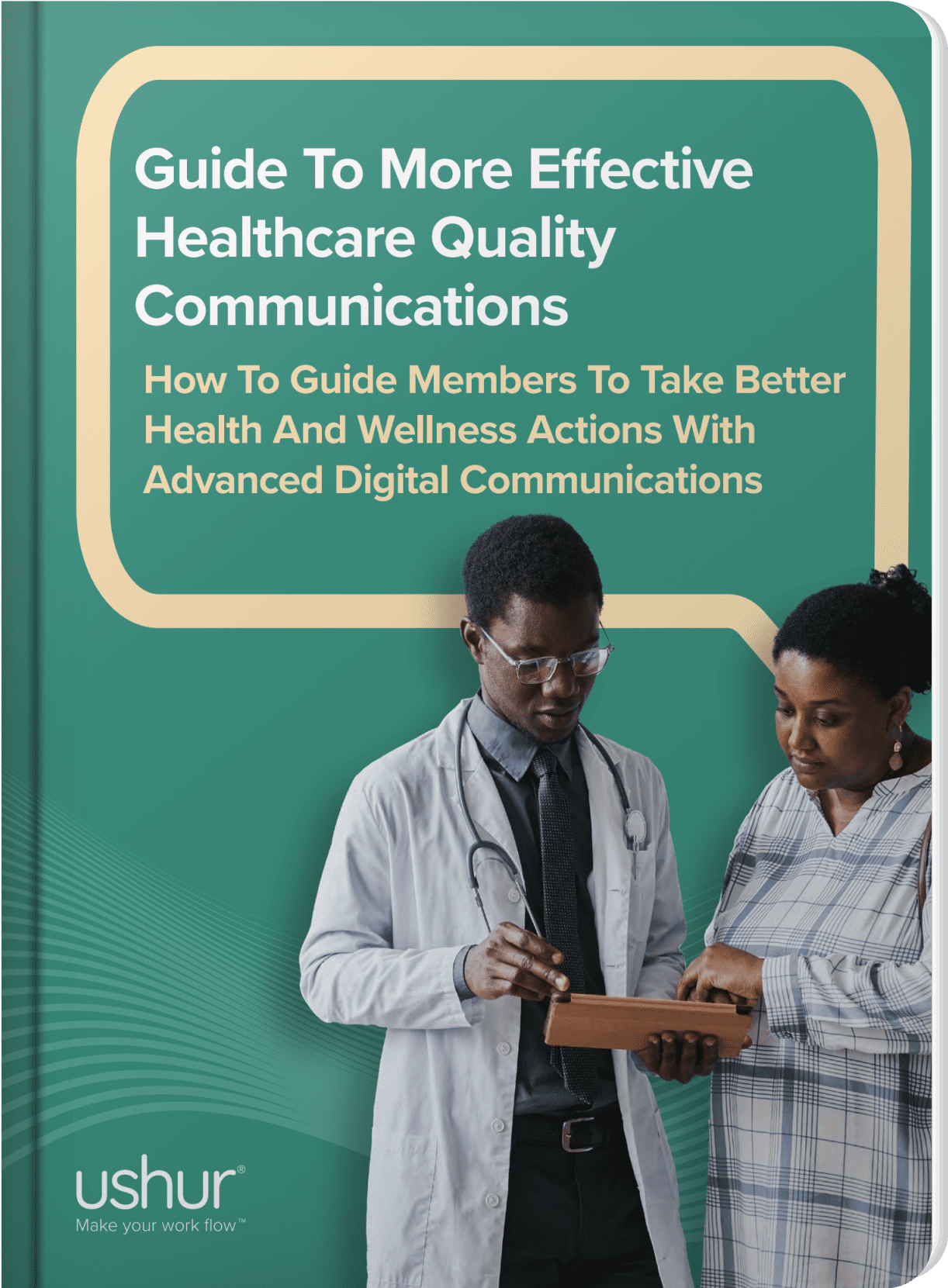By Industry
By Use Case
Quick-Start Solution Packs
Get started with pre-built solutions bundled to solve immediate challenges. Get up and running in a few weeks and realize immediate results.
The healthcare landscape is undergoing a profound shift as interactive digital channels take center stage in guiding individuals towards better well-being. With over 90% of the $4.1 trillion U.S. healthcare costs linked to chronic and mental health issues according to the CDC, there's an urgent need for transformative solutions. Payers are presented with a unique opportunity, leveraging advancements in artificial intelligence (AI) and automation technology to improve health outcomes and ensure health equity.
While various digital communication channels such as SMS, member apps, and portals have emerged, there is a need for continued innovation to improve quality outcomes. Secure and encrypted channels, AI-powered healthcare automation solutions, and interactive communications can play a crucial role in reaching members effectively.
There are many technical difficulties to putting together a strategy to guide members to healthy outcomes that is completely HIPAA-compliant. As a way around this, many payers depend on telephone calls or traditional member apps or portals to communicate with members. The problem is that this requires members to be overly proactive, whereas having an appointment reminder “pushed” to them via a HIPAA-compliant digital message would engage them instantly.
In a healthcare communication landscape facing challenges, members are increasingly preferring digital channels, with 65% favoring SMS text. An effective communication approach necessitates an omnichannel integration, seamlessly blending various channels for member engagement.
Supporting health and wellness—including closing gaps in care—requires an omnichannel strategy, communicating through secure channels for everything from appointment reminders to preventive education to care management appointments. According to Ushur’s Guide to More Effective Healthcare Quality Communications, the emphasis should be on timely, personalized, and responsive interactions, providing a more coordinated and person-centered approach to helping people maximize their health and wellness.
Artificial intelligence (AI) is commonly cited as a potential solution to the aforementioned challenges facing healthcare quality today. For example, recent studies show that “explainable AI is seen as a powerful tool due to its increased transparency, and therefore, its ability to generate trust relationships.” Used correctly, AI-powered healthcare automation can be an effective solution for communicating with the right members at the right time, engaging through their preferred channels, simplifying communication, delivering clear calls to action, and personalizing interactions.
Related Content

Despite challenges, health plans are moving towards providing secure, interactive, and member-centric communications, heralding a future where individuals actively manage their well-being. Embracing these innovations promises to bridge gaps in care, enhance member engagement, and lead towards a healthcare landscape with improved outcomes for all.